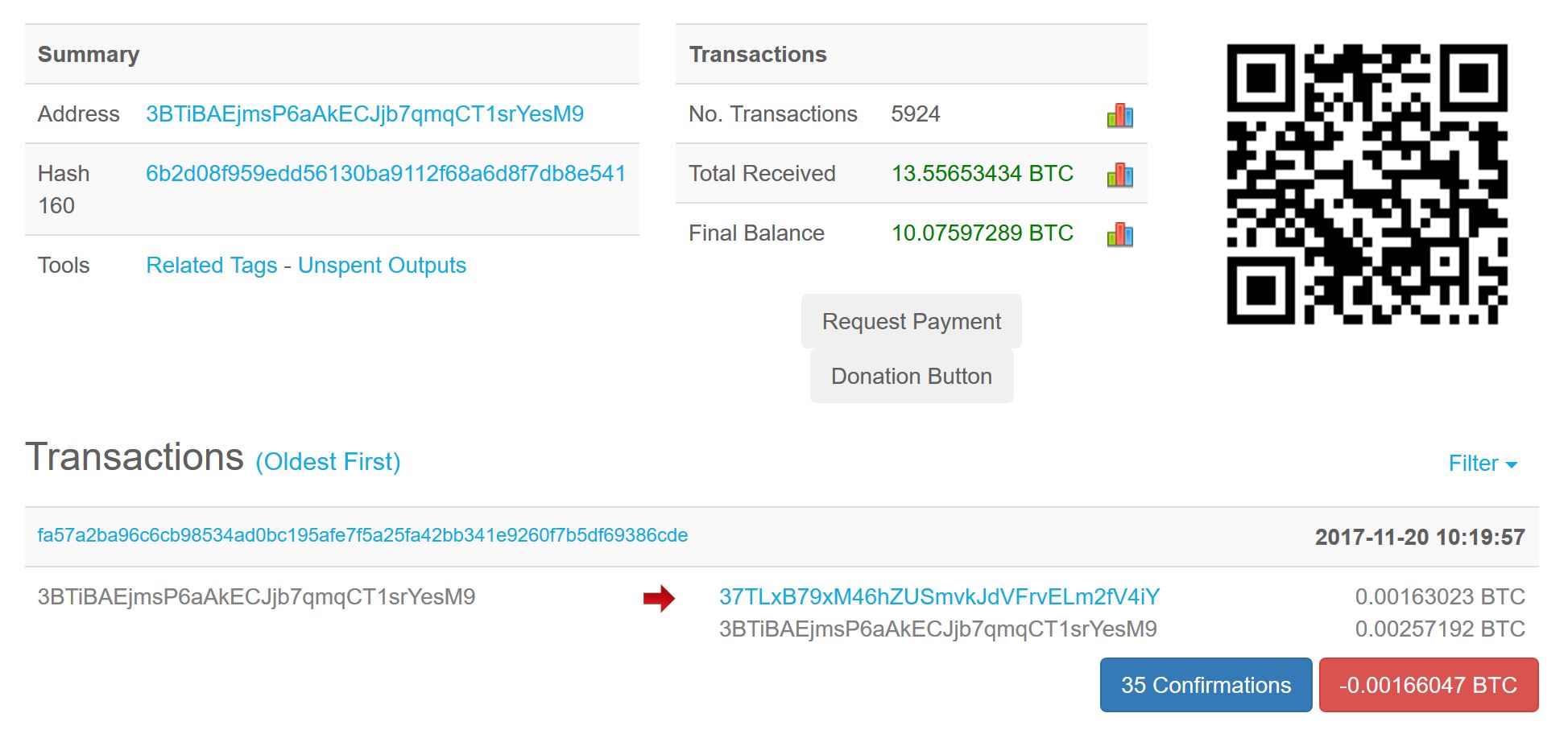Bitcoin Confirmations

This article will help you understand what Bitcoin Confirmations are, the processes involved, and what it means to you as a user of bitcoins.
You donít need to know the exact technicalities of Confirmations unless you have an interest in furthering your bitcoin knowledge. However, you really should know how many Confirmations are required to validate a transaction, just to keep yourself safe from fraud.
What are Bitcoin Confirmations?
Bitcoin Confirmations are the number of blocks added to the blockchain that the Bitcoin network has accepted after a particular transaction has been made. Broadly speaking, the more blocks that are added – more confirmations there are – the more secure a transaction is.
How do Bitcoin Confirmations work?
When a user wishes to send bitcoins to another user they provide the address (public key) from which the bitcoins are coming from and sign it with their private key – forming what is known as an asymmetric key pair.
Miners then check the public key to make sure the signature is valid. If so, they will add it to the block of data they are mining, thus ‘confirming’ the transaction when the block is added to the blockchain.
It is possible for a bad pairing to be added to a block and thus the blockchain, either deliberately or inadvertently. Other miners will recognise this fact and ignore that blockchain in its entirety. No further blocks will be added.
If those ‘other’ miners view the previous block as valid, they will subsequently add their blocks to the chain, thus further validating the original transaction. In a way, giving it another stamp of authority.
How many bitcoin confirmations are needed?
Six confirmations are widely considered to be safe and secure enough to prove your transaction will be valid and permanent. The initial transaction block represents the first confirmation, and you’re advised to wait until five additional blocks are added, resulting in a six-link blockchain. At this point the chances of your transaction being invalidated are less than 0.1%.
New blocks are added to the blockchain through the mining process, which is needed to secure a network and process a Bitcoin transaction. The bigger the value of the transaction, the more confirmations you should wait for as this helps to safely verify a transaction has taken place. For example, commentators suggest 60 confirmations for a transaction equating to more than $1,000,000, whilst just three confirmations might be considered enough for a transaction below $1,000 (on the basis that it just isn’t worth an attacker’s time for such a small amount).
How long do bitcoin confirmations take?
It takes an average of ten minutes for each confirmation to come through. Thus six confirmations would take roughly one hour. If the network is busy, say during a period of high price volatility, it may take much longer.
How can I check confirmations?
Once a transaction has successfully been made, you should be able to view the transaction details in your wallet with your transaction ID. Search the ID using a block explorer to check the number of confirmations that have been made for that specific transaction.
